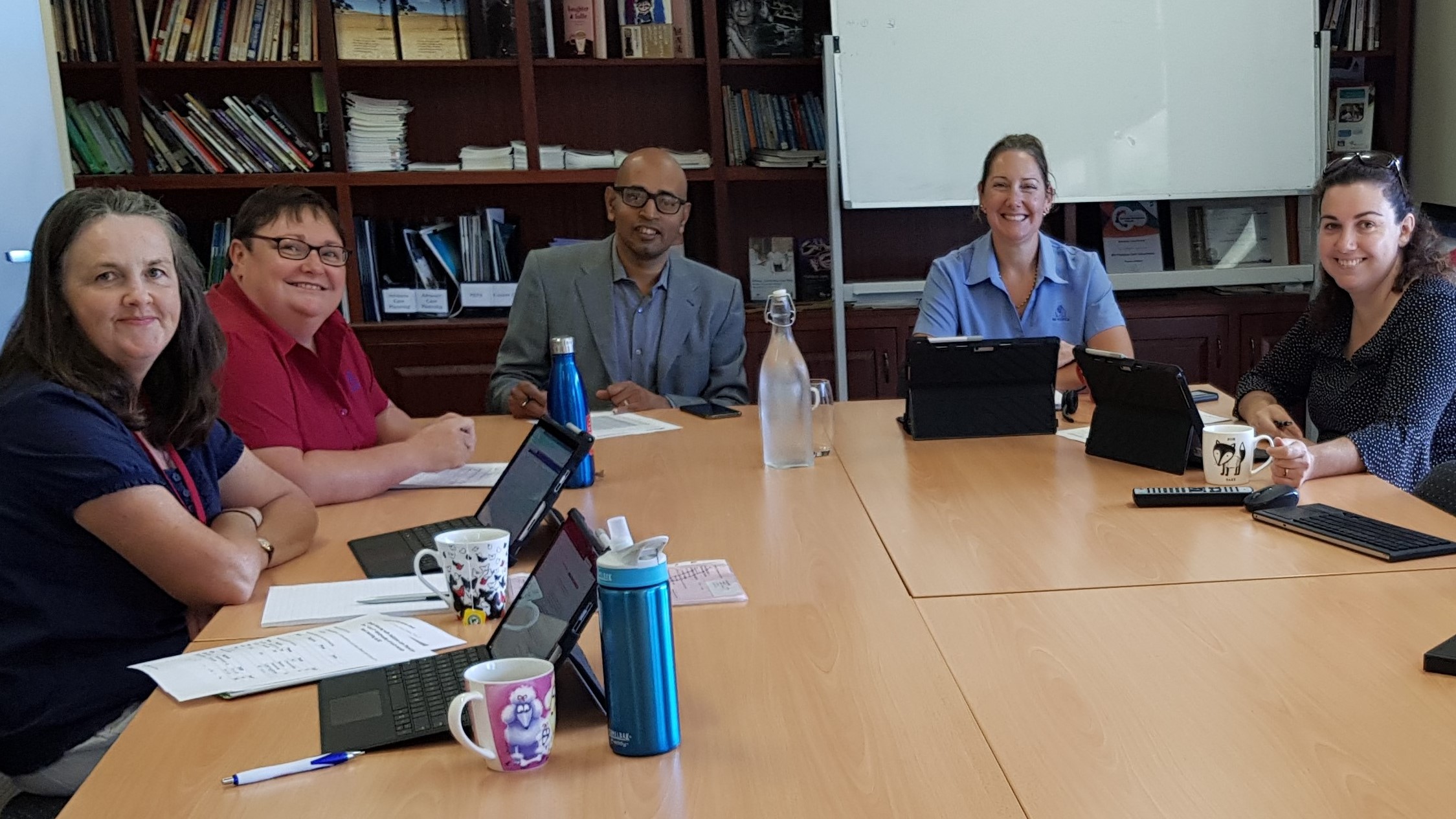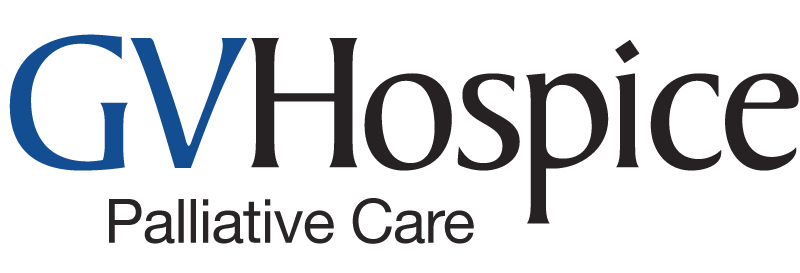
Every day is different at GV Hospice, but the mornings always start the same. Review of the ‘after-hours calls’ or visits, prioritise people who are unstable or deteriorating, and discussion of carers who may be at risk of ‘carer exhaustion’. Allocation of visits to each nurse, additional activities discussed and clarification of the day. Like all services, the team has adapted with the use of technology, our morning ‘handover’ since March occurring through an ‘electronic meeting’. The team is spread across two sites, reflective of the Services COVID- emergency management plan.
A quick read of the notes, of treatment being received and the patients’ goals for living well each day with their current condition. Car is checked ensuring the ‘go to box’ of resources is well stocked and in addition a small shower chair, a free resource that was identified in discussion with a family during the previous visit. One step at a time for some families, allowing time to absorb what is often devastating news. Adapting to each family is important, some have a million questions, want to know all details and have every resource available, as soon as possible. Others, information and how Hospice can help is provided at a slower pace, small ‘chunks’, throughout their palliative journey. A shower chair, the start of a conversation to reduce risk of a ‘bathroom fall’ related to constant dizziness, a symptom reflective of their treatment.
Between visits, an attendance at the weekly ward round at GV Health with Dr Siva, the palliative care physician. As part of a much larger multidisciplinary team, a ‘check in’ with patients registered with Hospice, their current hospital treatment and the plan for discharge back to their home, their community. Referrals for support with district nursing are suggested, a team which GV Hospice work closely.
With the last visit completed, it is professionally rewarding to see the difference the Hospice team made to Mrs S over the previous months. Lung disease can be very distressing to the person with the disease and their immediate carer. Mrs S, is supported by her 85 year old husband who also has his own health issues. ‘Caring for the carer’ and the immediate family is always part of the overall plan, and at times can be a key reason for some visits.
Before palliative care was suggested, Mrs S had multiple hospitalisations for respiratory distress, a feeling of not being able to breath, causing great anxiety for the carer, who automatically rang for an ambulance. Shortness of breath, constantly feeling anxious, fatigue, frustration, inability to sleep, loss of independence and exhaustion was not surprising. Add to this, loss of appetite and a feeling of dependence on a large heavy oxygen bottle, both Mrs S and the carer needed support, hence a referral to GV Hospice.
Reflecting back through the patients goals, and the teams approach the picture is very different today. The team started with visits three times a week, some scheduled some not with after-hours visits and phone calls from the carer. Now scheduled fortnightly, with an odd phone call from the carer with a question, often around treatment or medication. Mrs S goals were discussed early in the relationship with Hospice, a focus to maintain independence at home. A plan for addressing the shortness of breath was reviewed with both the GP and palliative care physician. Revised medications to help with breathing, mood and appetite, along with counselling assisted by Hospices Family Support Practitioner. Referrals made provided extra home help with vacuuming and general house cleaning and a trained Volunteer from Hospice was introduced, reducing the anxiety of the carer, now taking a little more time to also concentrate on their own health issues. Funded through community donations, the Service introduced a light weight portable oxygen concentrator to maximise independence, a reclining chair to support positioning (and sleep), along with lots of education on breathing techniques from simple positioning to planning a day’s activities to reduce fatigue and taking medication correctly.
Mrs S, now in control of her symptoms with an action plan reviewed at each visit and adjusted as circumstances change. The teams approach is to be pre-emptive to reduce the complex symptoms which often cause feelings of isolation and depression. On this visit Mrs S reviewed both short and long term goals, next planned radiation treatment, what this may mean and the acknowledgment of eight weeks since the last hospital admission and no ‘after hours visit’ by the Hospice nurse.
Back in the office a number of phone calls to other patients and families to ensure coordination of care is meeting the needs identified. Three other patients are allocated for review by phone – a quick ‘check-in’ to ensure all is going well and provide advice and support as required. Discussion with a GP over medication, a large wound which is not healing and new symptom support required. Resources collected ready for the next visit, one family wishes to discuss access to respite care, another the advance care directive.
The afternoon goes quickly, the team gathers for an ‘afternoon handover’ and we hear of other patients needs, the outcomes of the oncology team meeting, the ward round, and the three new referrals received. A discussion on a family needing support for grief and loss support and the comments made from a family about the newly introduced volunteer and what a difference that person has made to their life. The day is complete with final instructions directed to the nurse on-call overnight ensuring they are well briefed on any potential patients who may need their assistance.
